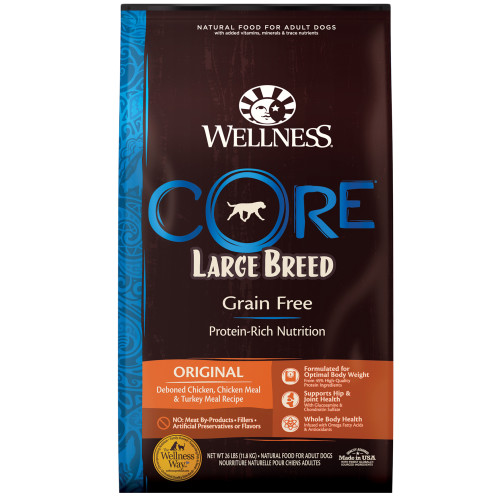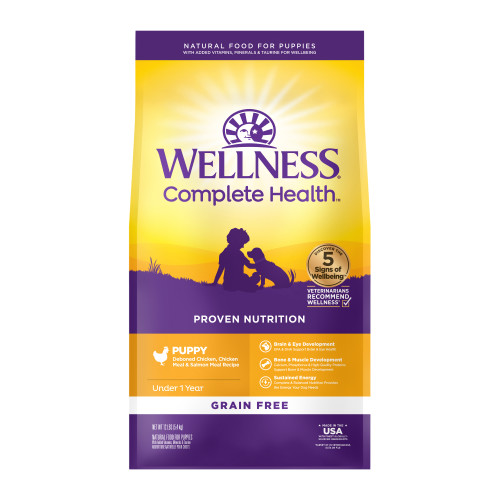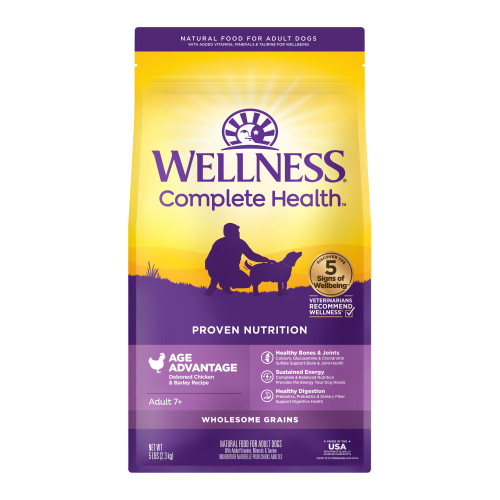July 18, 2021
What You Can Do to Decrease the Risk of Bloat In Dogs
Dog bloat or gastric dilatation-volvulus is a potentially deadly condition that occurs in upward of 60,000 dogs a year. Bloat is entirely manageable if dog owners know what to look out for and if they know to seek help upon first seeing signs of bloating in their dog. Learning the signs of bloating in dogs, the potential causes for bloat, and those high-risk dog breeds most prone to bloat can help you better protect your dog. You can further protect your dog by learning what decreases the risk for bloating. If yours is one of the dogs that bloat, then you can also take preventative measures.
What are the Signs of Bloating in Dogs?
Signs of bloating are signs generally associated with discomfort or agitation in your dog. An immediate sign is a swollen or distended abdomen. Additional signs include:
- Pain at the swelling site
- A hollow sound at the swelling site (when gently tapped)
- Pacing and restlessness
- Appearances of distress
- Dry heaving
- Excess drooling
- Panting / rapid breathing
- Collapse (as the gas-filled stomach presses on the abdomen’s large veins, your dog’s ability to circulate oxygenated blood throughout the body is compromised)
Bloat occurs when air or gas is trapped in the abdomen. Sometimes, the situation resolves itself; however, in instances where bloat progresses into gastric dilatation-volvulus (GDV), the entrance and exit of your dog’s stomach have become twisted. Emergency surgery within a few hours of GDV occurring in order to save your dog’s life. Importantly, it is impossible to distinguish between bloat and GDV without professional help.
Unfortunately, the cause of this condition is unknown. What veterinarians do know is that some dog breeds are at higher risk for this condition than others.
What Dogs are Most Prone to Bloat?
The types of dogs most vulnerable to bloat and to GDV are large breeds as well as deep-chested breeds. These include those with the highest risk, which are:
- Great Danes
- Bernards
- Weimaraners
Other high-risk breeds include:
- Irish Setters
- Doberman Pinschers
- Old English Sheepdogs
- Gordon Setters
- Irish Poodles
- Basset Hounds
Other dogs that are at risk of bloating include:
- Dogs that weigh over 100 pounds
- Small, advanced-age dogs
Importantly, bloating can happen to any dog just as it can in any human. Just because your dog is not more prone to bloat, that does not mean that you shouldn’t take steps to decrease the risk for bloat in your dog.
How You Can Decrease the Risk of Bloating in Your Dog
The risk for bloat can be decreased firstly with diet. Giving your dog a natural food that supports digestive health and wellness is an important step toward decreasing your dog’s risk of bloat or of GDV. Specifically:
- Feed your dog a dry formula identifies calcium-rich meat meal (ex: meat, lamb, fish, chicken by-product, bone meal) as one of the first four (primary) ingredients.
- Increase your dog’s feedings from one to two meals per day to two or four mini-meals. You should still portion your dog’s food, but they should eat smaller meals more frequently.
- Avoid giving canned food to your dog or giving moistened dry food particularly in instances where citric acid is used as a preservative.
- Train your dog to eat slowly; dogs that wolf down their food are at greater risk.
An important non-digestive remedy for bloat is to help your dog with his or her anxiety. Relaxed dogs that are more easy-going are less prone to bloat and to GDV.
What to Do When Your Dog is Bloated
If your dog shows any of the above signs of being bloated especially if your dog is at higher risk, get your dog to the vet immediately. Timely surgery is essential to save your dog’s life. Call your vet and tell them that you are bringing your dog and what the nature of the situation is.
Upon arrival, your vet will try to pass a tube into your dog’s stomach; if this is unsuccessful due to twisting, your vet will likely bore a catheter in your dog’s skin to relieve pressure. Alleviating pressure is the main priority when bloat progresses into GDV. Further stomach surgery will ensue.
This is why it’s so important for you to take steps to prevent bloat from ever occurring. It is also why it’s critical that you know what the signs of bloat and GDV are. When these things occur, time to save your dog’s life is limited. However, by being educated, informed, and proactive, you can ideally prevent bloat and GDV and can certainly take action to save your dog’s life when and if they occur.
As noted, all dogs are at risk of bloat and of GDV; some breeds are more vulnerable than others. By feeding your dog a delicious diet targeted toward a healthy digestive tract such as Wellness CORE Digestive Health, which is made with natural ingredients and calcium-rich proteins, you can proactively help prevent bloat and GDV from ever occurring in your dog.





